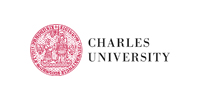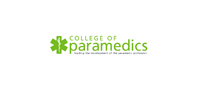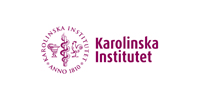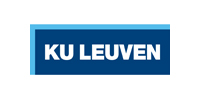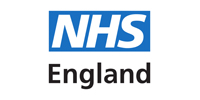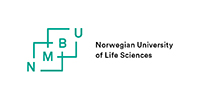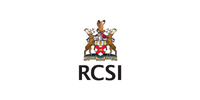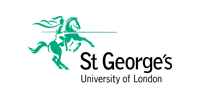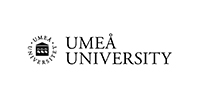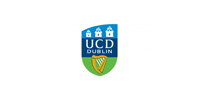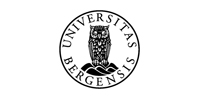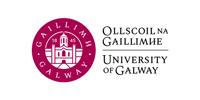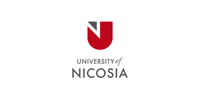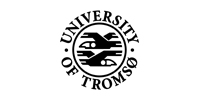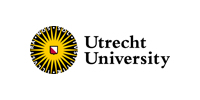Dressings In Immediate Contact With Wounds
- Hydrophilic Gauze Pad. Loosely woven tissue made of de-waxed cotton, highly absorbent, but which becomes permeable upon saturation. Hydrophilic gauze is folded into a number of non-fraying layers, usually 12. The absorption capacity depends on the number of layers of gauze and the number of threads per cm2: 17-thread means 17 threads per cm2. A disadvantage of gauze is that it can adhere to the wound. Hydrophilic gauze is available in many sizes.
- Non-woven Pad. Highly absorbent pad, manufactured from de-waxed cotton fibres. Due to the non-woven technique, this pad forms a closed and compact membrane, unlike hydrophilic gauze. The higher number of cotton fibres increases the absorption capacity.
- Impregnated Pad. These pads have been coated with an ointment, cream or drug in dry form.
- Non-adherent Pad. This pad has been manufactured from material which does not adhere to the wound, such as viscose-acrylic or silicones. This means that the formation of granulation tissue is not disturbed each time the dressing is changed. The material does not absorb moisture. The only function of the non-adherent pad is to protect the wound from contamination.
- Spray-on Plaster. A thin, transparent layer which is sprayed over the wound. The film layer is elastic, provides some ventilation and protects the wound from contamination. The wound must be well cleaned and disinfected before application, as the layer of film can cause a warm and damp environment in which micro-organisms may rapidly multiple. The spray should not be used on infected wounds, mucous membranes or burns. Another contraindication is wet wounds, as the layer of film impairs the removal and evaporation of wound fluid.
- Butterfly Plasters. Linen or synthetic plaster with a non-adherent central section. This plaster is used to close a small wound by bring together gaping edges of the wound [Figure 4].
- Lint. Closely woven piece of cotton, with one roughened side to which ointment can be applied. This is used primarily for dermatological applications.
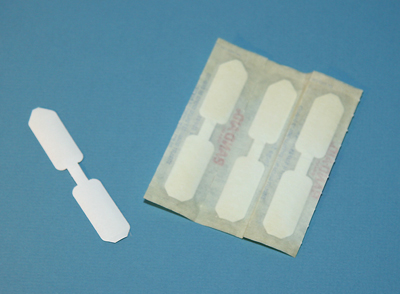 Figure 4
Figure 4
Absorbent Dressing Material
These bandaging materials are used to absorb wound fluid or blood. In general, they are never in immediate contact with the surface of the wound. Their ability to retain a high level of moisture means they are also used in certain situations to keep the skin moist.
- Cotton Wool Wadding. De-waxed, purified and bleached cotton fibres, sometimes mixed with viscose threads. The fibres are layered after carding, and their spiral shape allows them to latch together. White cotton wool has a high absorption capacity, and the volume decreases when wet. White cotton wool tends to give off fluff and should therefore, never be placed immediately on an open wound.
- Cellulose Wadding. These are made of a number of layers of bleached cellulose membranes. Cellulose wadding has a high absorption capacity, but disintegrates once it reaches its saturation point. As it gives off fluff, cellulose wadding should never be placed directly onto a wound.
- Cellulose Pads. A number of layers of cellulose, surrounded by a strong moisture-permeable layer. This outer layer prevents the cellulose fluffing and disintegrating.
Combined Dressing Material
Bandaging products are available to dress a wound in which the dressing layer, absorbent layer, and the fixing layer, are combined in one bandage. The layer that is in contact with the wound is usually made of non-absorbent and non-adherent material, which allows moisture through to the absorbent core of the bandage. The outer layer is usually moisture-repellent to prevent wound fluid leaking out.
- Wound Dressing Pad. A sterile dressing, consisting of an absorbent cellulose core, a moisture-repellent outer layer and a wound dressing layer. The layer in contact with the wound consists of a membrane made of cellulose, cotton or synthetic fibres.
- Dressing pads are available in many different sizes and there are different ways to fix them. Some pads need to be fixed with a separate adhesive plaster, a bandage or a net bandage. Other products come with an adhesive plaster layer. This layer consists of a carrier made of linen, viscose or synthetic fibres, onto which an adhesive has been applied. The adhesive is made up of a mixture of zinc oxide and rubber, or the more skin-friendly polyacrylate. There are also differences in terms of water-repellent, air permeable and stretch properties. Examples of a dressing pad include elastoplasts or eye pads.
- Emergency Bandage. Sterile pad made of compressed white cotton wool or cellulose, wrapped in hydrophilic gauze. A strip of hydrophilic gauze is attached to the two sides of the pad. This bandage is used primarily in emergency situations. The emergency bandage is folded and packed in such a way that it can be rapidly and hygienically applied to the wound at the site of the accident.
The emergency bandage is available in four standard sizes:
-
- No. 1 (12 x 12 cm).
- No. 2 (18 x 18 cm).
- No. 3 (18 x 28 cm).
- No. 4 (28 x 28 cm).


